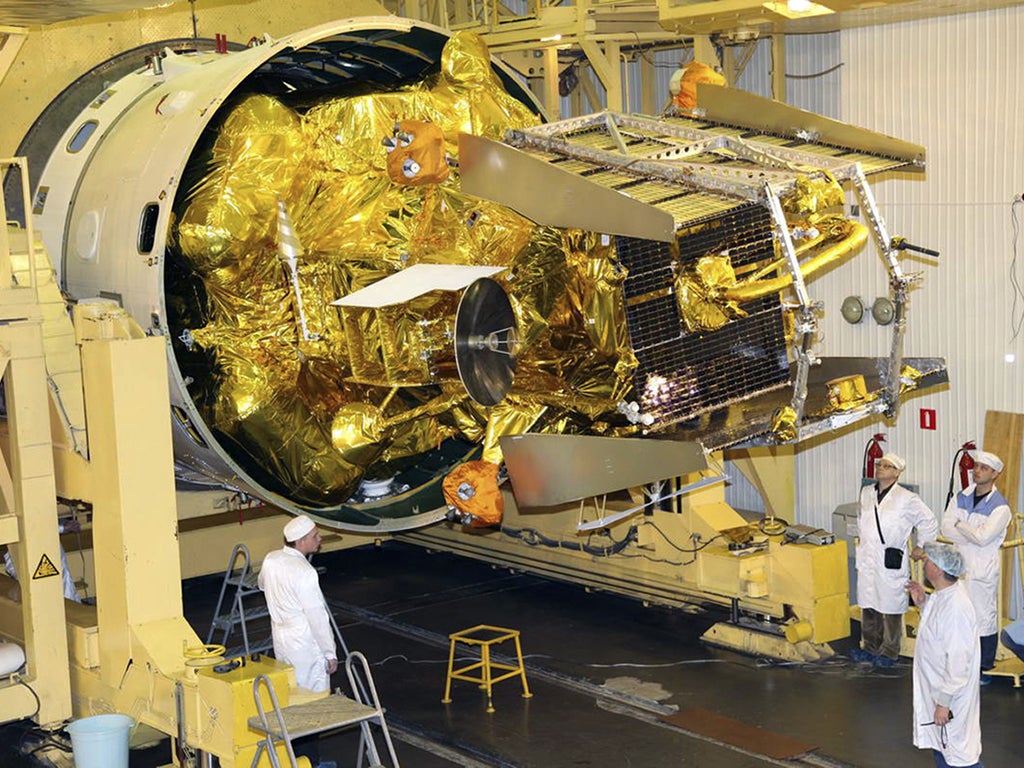Catastrophe looms as toxic 13-tonne Mars probe falls to Earth

The heaviest interplanetary spacecraft ever launched is about to become one of the most dangerous man-made objects to fall from space when it crashes to the ground early in the new year.
The Russian Phobos-Ground probe was destined to land on a moon of Mars but problems soon after launch in November meant that it was stuck in an unstable, low-Earth orbit.
Russia's space agency, Roscosmos, said yesterday that the lorry-sized probe weighing 13.2 tonnes and laden with 11 tonnes of toxic rocket fuel and 10 micrograms of radioactive cobalt-57 will fall to Earth between 6 and 19 January.
The agency told the Associated Press that it will not be possible to calculate the precise crash site until a few days before the £120m probe re-enters the Earth's atmosphere.
However, it insisted that much of the dangerous material will be incinerated during re-entry and any remaining fragments will pose little danger to people on the ground.
Phobos-Ground, which was designed to bring back rock samples from Phobos, one of two Martian moons, was launched from the Baikonur cosmodrome in Kazakhstan.
It separated from its booster rocket 11 minutes after launch but its engines subsequently failed to fire it out of Earth's orbit.
Roscosmos said that between 20 and 30 fragments of the probe are expected to fall to Earth somewhere between 51.4 degrees north of the Equator and 51.4 degrees south, which covers much of the most densely populated areas on Earth.
Some experts said soon after the probe failed to leave the Earth's orbit that the on-board fuel of nitrogen tetroxide and hydrazine could freeze solid before re-entry, which may make it less liable to burning up during re-entry.
Join our commenting forum
Join thought-provoking conversations, follow other Independent readers and see their replies
Comments
Bookmark popover
Removed from bookmarks